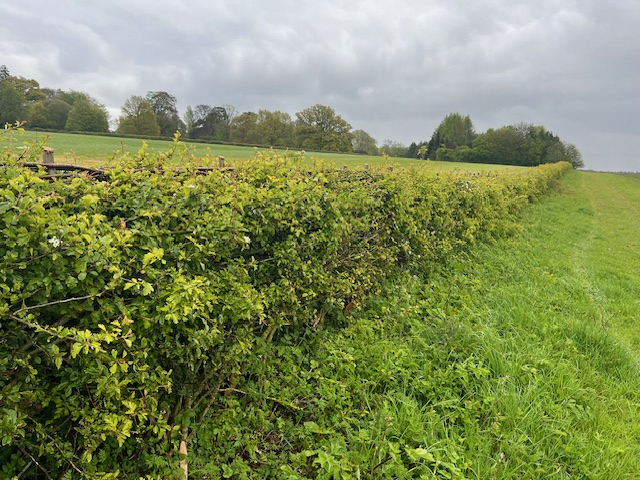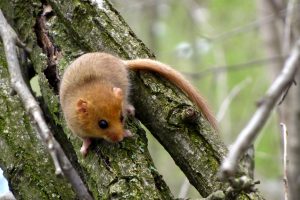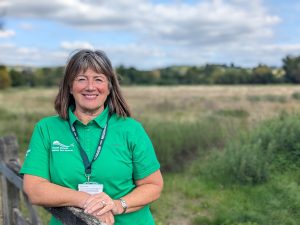Hurrah for hedges in the South Downs!
October 8, 2024

Almost 15 miles of hedgerow have been restored over the past three years in the western section of the National Park following a big community effort.
“Hampshire Hedgerows” has drawn together landowners, farmers, young people and volunteers to help create and restore hedgerows that provide an essential refuge for wildlife.

Supporting some 130 different flora and fauna, hedges and their flowers, berries and nuts are a vital food source for invertebrates, birds and mammals, including some very rare ones such as the hazel dormouse, while bats use them as “commuter routes” for foraging and roosting.
Small but mighty, they also clean our air, capture carbon, reduce flooding and give clues to historic land management.
The project was a partnership between the National Park, Selborne Landscape Partnership and Winchester Downs Farm Cluster, and supported by funding from the National Lottery Heritage Fund.
Dozens of students from Collyer’s College, Horsham and Chichester College attended hedgelaying training days.
In total, 187 people of all ages received training.
Laura Sercombe, Director of Landscape and Strategy for the National Park, said: “Hedgerows are such an important part of our landscape heritage and it’s wonderful to see them being restored.
“With farmland covering some 70 per cent of the National Park, hedges are absolutely vital to supporting farmland wildlife and also play a key role in soil health.
 “It’s fantastic that young people are being trained in the rural skill of hedgelaying, encouraging future generations to keep this tradition alive.”
“It’s fantastic that young people are being trained in the rural skill of hedgelaying, encouraging future generations to keep this tradition alive.”
Meanwhile, the Hampshire Hedge project, led by CPRE Hampshire, continues in earnest, with the aim of connecting the New Forest and South Downs National Parks with 14 miles of new hedgerow.
